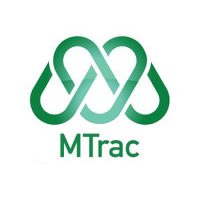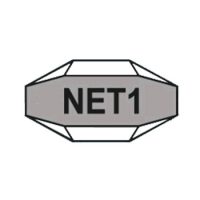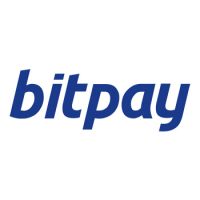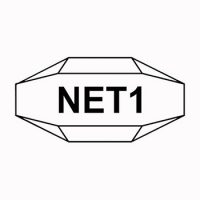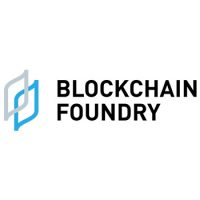Blockchain
Artprice: All Segments of the Art Market Are Gold Mines for Those Who Know How to Anticipate and Wait

 Reading Time: 3 minutes
Reading Time: 3 minutes
According to thierry Ehrmann, the found and CEO of Artprice.com, “Our clients, with Artprice, can follow artworks from one appearance at auction to another, which give them insight into how collectors anticipate the Art Market and benefit from its long-term general evolution.
When we take a look at the first quarter of 2019, for instance, we see that a large number of Fine Art auction lots have proved the extraordinary profitability of Art as an investment over the last thirty years. Of these the most spectacular was probably David Hockney’s Henry Geldzahler and Christopher Scott (1969), which fetched the quarter’s best result at over $49 million on 6 March 2019 at Christie’s London. In November 1992, the same 2×3 metre canvas had sold for $1 million.”
The price evolution of Paul Signac’s Le Port au soleil couchant proves that the best financial returns are not reserved for Post-War and Contemporary artists.
The seascape’s three appearances at auction show a constant and extremely dynamic appreciation over nearly forty years, for a historical artist whose contribution to the History of Western Art has long been recognised:
- 12 May 1980: $490,000 (Sotheby’s New York)
- 11 May 1993: $1.8 million (Sotheby’s New York)
- 27 February 2019: $26 million (Christie’s London)
Basquiat still leading
The upside on works by Jean-Michel Basquiat has been somewhat less publicized over the first part of 2019… and yet the American prodigy generated three of the ten best gains in the first quarter. On 5 March 2019 at Sotheby’s London, his 1986 canvas Apex (painted two years before his death by drug overdose) reached $10.8 million, multiplying its value by no less than 370 times since its last auction in June 1988 when it sold for just $29,400.
A pencil drawing entitled Soothsayer (1983) proves that Basquiat’s success covers all of his production. Acquired for $32,900 in June 2002, this small work sold for $997,600 on 5 March 2019, representing an average annual return on investment of +22% over the last 17 years.
Similarly, his paper collage Untitled (1987) – sold during the same session at Sotheby’s in London – confirms a very clear trend:
- on 25 March 1993 it fetched $26,700 (Christie’s London)
- on 5 March 2019 it fetched $1,321,000 (Sotheby’s London)
We have seen this kind of price metamorphosis with lots of other artists as well. The Minimalist French artist, Daniel Buren (b. 1938) is today enjoying an extraordinary price ascension that is rewarding all the collectors who anticipated the power of his art a quarter of a century ago.
His canvas Peinture acrylique blanche sur tissu rayé blanc et rouge, purchased $3,500 in 1997 at Libert-Castor in Paris, fetched $357,500 at Phillips in London on 8 March 2019.
Likewise in Asia
Hong Kong’s recent prestige sales in the wake Art Basel Hong Kong generated a number of significant revaluations that benefit Asian collectors. The biggest rise in China during Q1 2019 came from a painting by Fengmian Lin (1900-1991) titled Wisteria. Twenty-seven years ago it sold for $15,000 at Sotheby’s in New York. Since 2 April 2019, it is now worth over $1.3 million.
The return to Hong Kong of great works by Chinese Modern artists, long traded on the Western marketplaces, can have a considerable impact on their value. But the development of the Hong Kong market over the last 30 years also benefits artists who have never left Asia.
Take for example the latest result for an ink drawing by artist Yu Feian (1888-1959) entitled Parrot (1945). Purchased in Hong Kong in 1990 for $11,400, the same drawing resold for 70 times that amount in the same city (Sotheby’s) on 2 April 2019 ($787,000).
Women in vogue
The Japanese artist Yayoi Kusama also, unsurprisingly, ranks among the most impressive price accretions in Q1. Today the most successful female artist on the global Art Market, with an auction turnover exceeding $100 million in 2018 (ahead of Louise Bourgeois and Joan Mitchell), Kusama has not always had this kind of success.
In 2000, the record auction price for one of her paintings was just $80,000, whereas her Interminable Net # 4 (1959) fetched close to $8 million on 1 April at Sotheby’s Hong Kong. In terms of revaluation, her sculpture Midsummer (1983), acquired for just $7,200 at Sotheby’s in London in 2000, resold for $428,000 at the same auctioneer 19 years later.
The prize for the most unexpected price jump in Q1 2019 must surely go to 17th century Flemish artist Michaelina Wautier. Long forgotten by art historians, Wautier was ‘rediscovered’ in 2018 with a first retrospective organized at the Museum aan de Stroom and at the Rubens House in Antwerp.
The renewed attention had a profound impact on the prices of her works and her canvas A garland of flowers (1652) reached $471,000 on 30 January 2019 at Sotheby’s in New York. In 1993, the strange bouquet with a hovering dragonfly sold for just $20,000.
As Q1’s global auction results show, the best financial performances come from all segments of the Art Market, and not just from its high-end or from Contemporary Art or from the American market…
Blockchain
Halving weakness sees $206 million exit crypto funds, Bitcoin miners pivot to AI
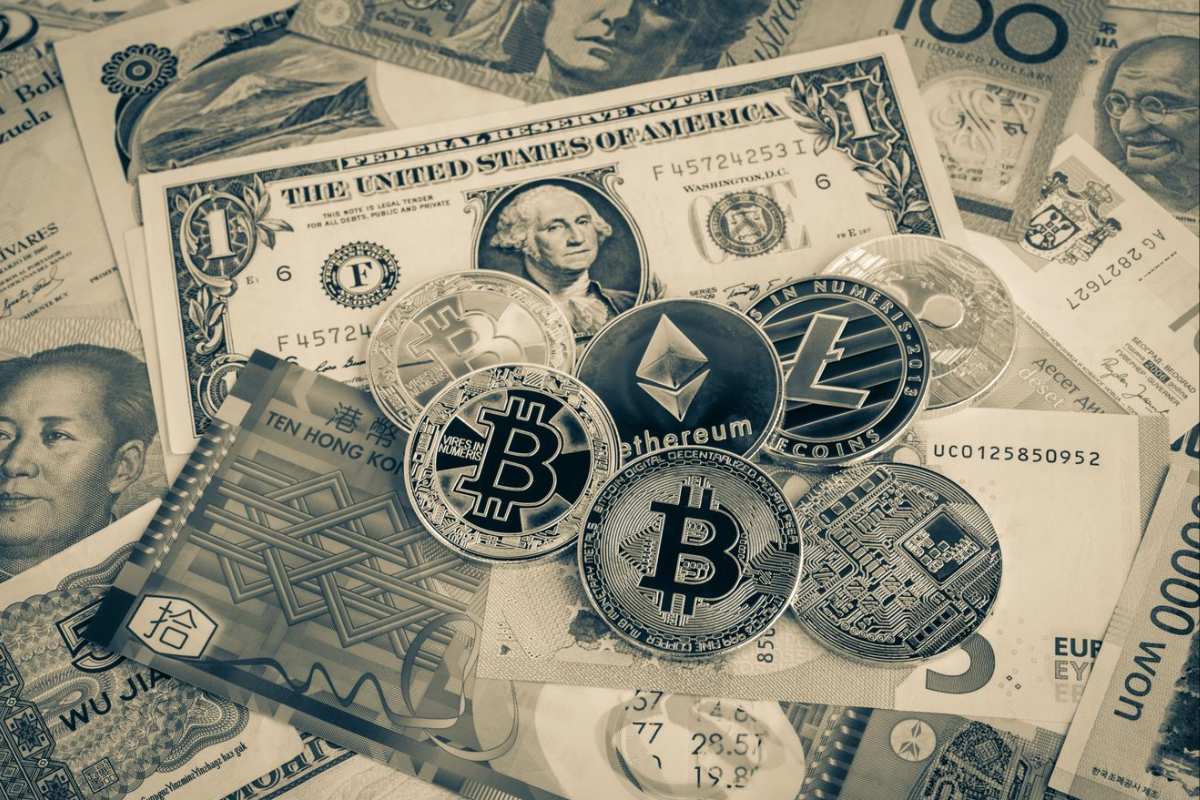
Leading up to Friday’s Bitcoin (BTC) halving, investors opted to remain on the sidelines rather than increase their exposure to cryptocurrencies. CoinShares’ latest report on digital asset fund flows reveals that crypto funds experienced $206 million in outflows last week, while trading volumes for Exchange-Traded Products (ETPs) dropped to $18 billion.
James Butterfill, head of research at CoinShares, noted, “These volumes represent a lower percentage of total Bitcoin volumes (which continue to rise) at 28%, compared to 55% a month ago.” He attributed this decline in investor appetite to expectations that the Federal Reserve would maintain interest rates at elevated levels for a longer duration.
In terms of regional flows, the United States led the outflows with $244 million exiting incumbent ETFs by the week ending April 19. Butterfill highlighted that newly issued ETFs still received inflows, albeit at lower levels compared to previous weeks. Germany and Sweden saw outflows of $8.3 million and $6.7 million, respectively, while Canada experienced inflows of $29.9 million. Switzerland, Brazil, and Australia also witnessed inflows of $7.8 million, $5.5 million, and $2.2 million, respectively.
Butterfill observed that although Bitcoin saw outflows of $192 million, there were minimal flows into short-Bitcoin positions. Ethereum (ETH) experienced outflows of $34 million for the sixth consecutive week. However, multi-asset funds saw improved sentiment, attracting $8.6 million in inflows. Additionally, Litecoin (LTC) and Chainlink (LINK) received inflows of $3.2 million and $1.7 million, respectively.
The report highlighted that blockchain equities sustained their 11th consecutive week of outflows, totaling $9 million, as investors remained concerned about the halving’s impact on mining companies.
In a separate analysis of the post-halving crypto mining industry, CoinShares analysts suggested that many miners might transition to serving the artificial intelligence (AI) sector, which has become more lucrative. They anticipated a shift towards AI in energy-secure locations, potentially leading to Bitcoin mining operations relocating to stranded energy sites.
The analysts projected a 10% decline in the Bitcoin network’s hash rate after the halving as miners deactivate unprofitable ASICs. However, they expected the hash rate to reach 700 exahash (EH/s) by 2025. As of the current data, the Bitcoin hash rate stands at 596.22 EH/s.
The report also noted that substantial cost increases are anticipated due to the halving, with electricity and production costs nearly doubling. Mitigation strategies include optimizing energy costs, enhancing mining efficiency, and securing favorable hardware procurement terms. Miners are actively managing financial liabilities, with some utilizing excess cash to significantly reduce debt.
Source: kitco.com
The post Halving weakness sees $206 million exit crypto funds, Bitcoin miners pivot to AI appeared first on HIPTHER Alerts.
Blockchain
NYSE gauges interest in 24/7 stock trading like crypto
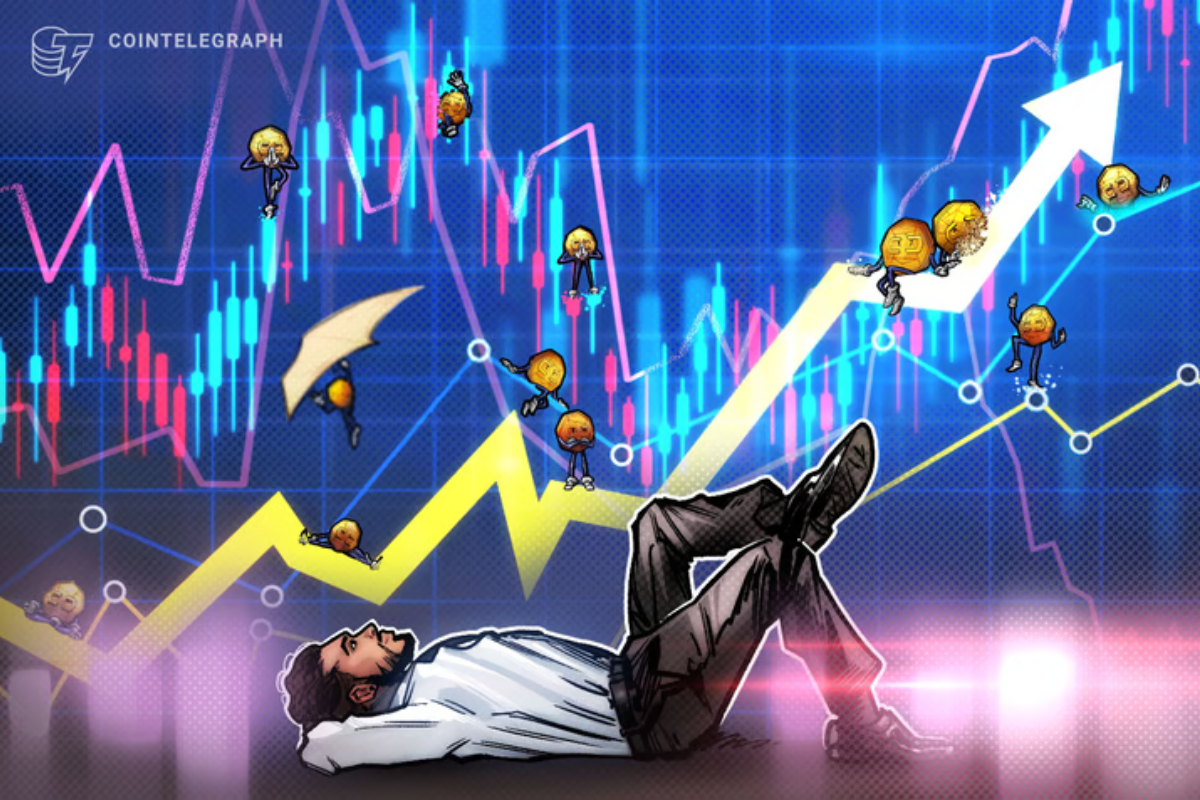
According to reports, the New York Stock Exchange (NYSE) is exploring the possibility of introducing round-the-clock trading, a model akin to that of cryptocurrency markets. In a bid to gauge market sentiment, NYSE’s data analytics team has circulated a survey among market participants. The survey seeks feedback on whether there is support for 24/7 or extended weekday trading hours and, if so, what measures should be implemented to safeguard traders against overnight price fluctuations. As of now, NYSE, alongside Nasdaq and the Chicago Board Options Exchange, operates from Monday to Friday, spanning from 9:30 am to 4:00 pm Eastern Time.
In the United States, assets like cryptocurrencies, United States Treasurys, foreign exchange, and major stock index futures are already tradable 24/7. Certain brokerages, such as Robinhood and Interactive Brokers, provide access to U.S. stocks throughout the week via a “dark pool” trading venue, catering to international retail investors during their local trading hours.
However, recent reports indicated that Robinhood suspended its 24-hour trading services amidst heightened tensions between Israel and Iran, prompting concerns among investors regarding the sustainability of continuous trading.
Effectively managing liquidity in a 24/7 trading environment has proven challenging for trading platforms within the cryptocurrency industry.
According to cryptocurrency research firm Kaiko, there’s often a mismatch between the operating hours of traditional financial institutions and the needs of major crypto traders and market makers. Traders frequently find themselves losing sleep during periods of extreme market volatility.
While the results of NYSE’s survey haven’t been revealed, Tom Hearden, a senior trader at Skylands Capital, conducted his own poll among his 19,300 followers, asking if they would support NYSE transitioning to 24/7 trading hours. Interestingly, over 70% of the 1,459 respondents voted “No.”
NYSE’s survey coincides with the efforts of startup firm 24X National Exchange, which is seeking approval from the Securities and Exchange Commission (SEC) to launch the first exchange in the country operating round-the-clock.
The FT said, citing two persons familiar with the subject, that the SEC has “months” to study the proposed rule change, and other relevant issues, such who should shoulder expenses and the function of clearing houses, are already being considered by other stakeholders.
“How loud they will be playing in the middle of the night is unknown to me. However, the decision of whether something is commercially feasible or not actually shouldn’t be made by the SEC, James Angel, a Georgetown University finance professor, told FT.
“I support letting the market make the decision. We’re all better off if it succeeds, and the exchange’s stockholders lose out if it fails.
After the company withdrew an application in March 2023, alleging operational and technological concerns, it is the second attempt to receive SEC clearance.
Source: cointelegraph.com
The post NYSE gauges interest in 24/7 stock trading like crypto appeared first on HIPTHER Alerts.
Blockchain
Online Banking Market to Grow at CAGR of 14.20% through 2033, Key Takeaways of Digital Banking, Banking Ecosystem, Financial Giants & Disruptive Startups
-

 Blockchain6 days ago
Blockchain6 days agoQuantum eMotion Files a Patent for Quantum-based Blockchain Wallet Under the Patent Cooperation Treaty (PCT)
-

 Blockchain Press Releases6 days ago
Blockchain Press Releases6 days agoCanaan Shines at Blockchain Life 2024 in Dubai
-

 Blockchain5 days ago
Blockchain5 days agoPhoenix Group Engages BHM Capital as Liquidity Provider to Boost ADX Liquidity and Enhance Market Dynamics
-

 Blockchain Press Releases6 days ago
Blockchain Press Releases6 days agoBybit Institutional Report 2024: Institutions Become Bullish and Eye Challenger Chains, while VC Funding Resurges for Infrastructure, Gaming, and AI
-

 Blockchain6 days ago
Blockchain6 days agoElizabeth Warren Urges Treasury Secretary Yellen to Implement Strong AML/CFT Measures for Stablecoins
-

 Blockchain Press Releases7 days ago
Blockchain Press Releases7 days agoBybit and Franck Muller Partner with Sidus Heroes to Launch Cosmic Gears: A Pioneering Web3 Game with a $250,000 Prize Pool and Exclusive Watch Collection
-

 Blockchain5 days ago
Blockchain5 days agoCrypto fans count down to bitcoin’s ‘halving’
-

 Blockchain5 days ago
Blockchain5 days agoTether USDT stablecoin goes live on TON blockchain



















